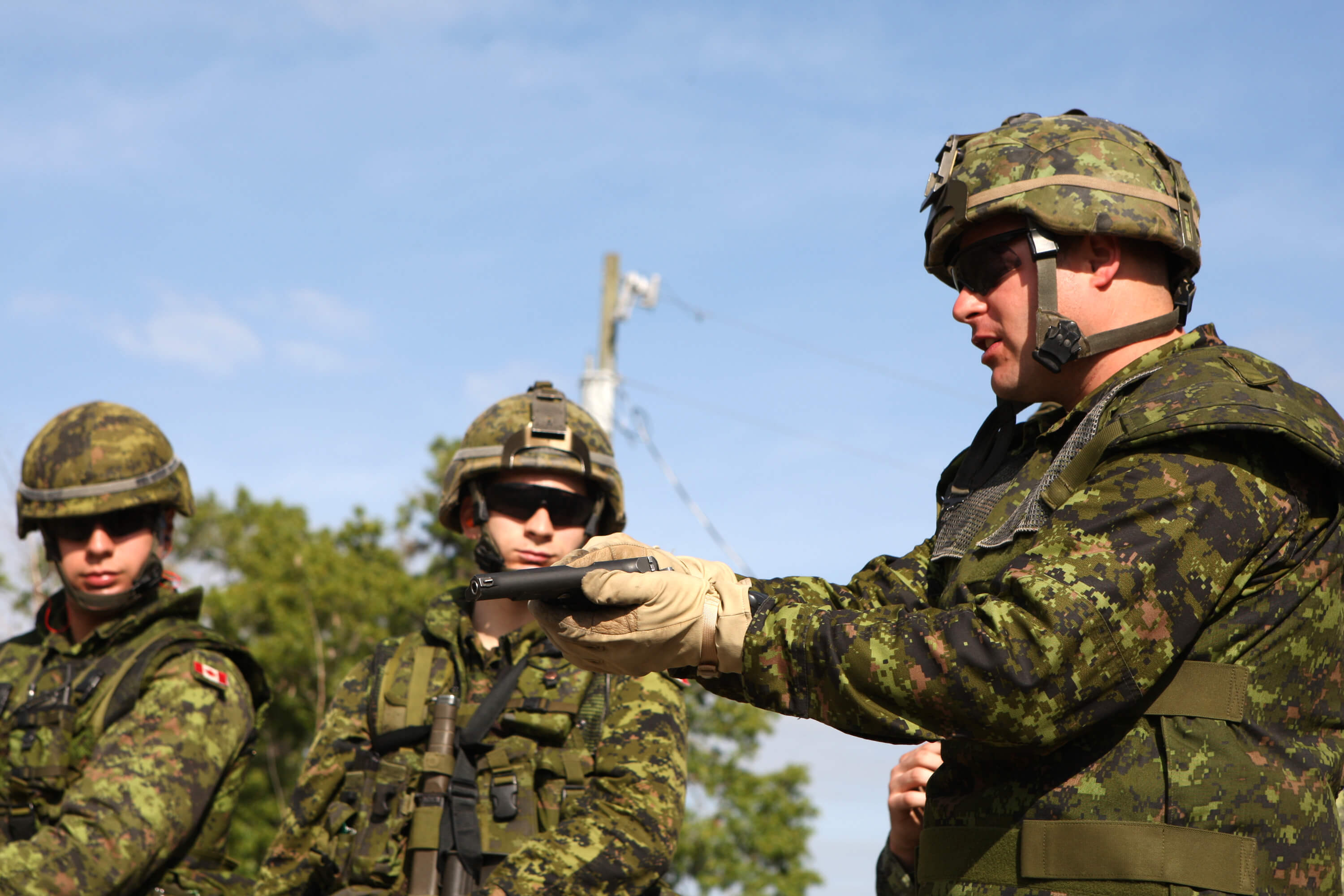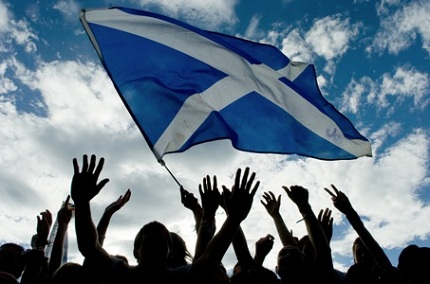In a private letter to Pierre Elliott Trudeau in 1967, the diplomat and public servant Allan Gotlieb wrote: “Like the Danes who made good furniture, the French who made good wine, the Russians who made Sputnik, Canada, as a specially endowed middle power, as the reasonable man’s country, as the broker or the skilled intermediary, made peace.”
Indeed, Canada built a tradition of peace during the latter half of the 20th century. After Lester B. Pearson’s Nobel Prize-winning concept of peacekeeping came into effect during the Suez Crisis, Canada spearheaded the initiative throughout the subsequent five decades. Pearson had articulated the idea during a November 1956 UN meeting, proposing the deployment of a UN force, composed of troops contributed by member countries, to ensure peace in conflict and monitor events. The peacekeepers would wear blue helmets for identification: the famous “UN blue”, chosen for being “the opposite of red, the war colour.”
Forty-five years later, in 2001, the Canadian $10 bill proudly showcased a female peacekeeper, donning a UN blue beret and looking through binoculars. The Canadian Peacekeeping Monument, erected in Ottawa in 1992, commemorated Canada’s role in international peacekeeping and the soldiers, living or dead, who had participated. In the 20th century, Canada had ranked as world leader in troop contributions, once reaching a peak of 3,300. The country was known around the world as a leader in the area; Roméo Dallaire, the Canadian commander of the United Nations peacekeeping force for Rwanda, was a respected figure.
Unfortunately, that time is long gone. Canada is now ranked 66th in peacekeeping contributions, today providing a mere 111 total personnel (of which 85 are police). In March, during the first-ever United Nations Chiefs of Defence Conference – where Secretary-General Ban Ki Moon appealed to senior military officials from more than 100 countries for more troop contributions – Canadian Chief of Defence Staff, General Tom Lawson was not even there. Canada’s last major contribution was in 2000, when the Liberal government authorized the deployment of 450 military personnel to help secure the border between Ethiopia and Eritrea for two years.
Canada has pivoted: in the words of journalist Mitch Potter, “our army, once a leader in protecting civilians trapped by conflict, now is wired pretty much exclusively for war.” This was a response to the reality of 21st century conflict. After the attacks of 9/11, the United States and its allies chose to move away from peacekeeping, focusing instead on NATO and alliances to meet conflicts in Iraq, Afghanistan and more. Canada, like many other developed countries, “became a one-mission country, engaging in combat as it hadn’t since the Korean War”. And like Canada, other developed countries decreased their contributions. EU member nations now provide fewer than 7% of the overall UN peacekeeping force – down from a high of more than 40%.
Our country’s army has shifted its emphasis from peacekeeping to peacemaking, a change reflected in its training and operational practices. In 2013, the Pearson Peacekeeping Centre, which conducted training and education for Canadian peacekeepers, closed. The Canadian Army is now NATO-aligned and combat-ready. Take, for example, Canada’s current commitment to combat ISIS in a U.S.-led coalition: six CF-18 Hornet fighters, an aerial refueller, two aerial surveillance aircrafts, a 69-member elite team and up to 600 Canadian forces members were offered to help combat the threat.
As developed countries slowly abandoned UN missions throughout the 2000s – in part because of their shift in focus to direct combat, and in part because of the disillusionment brought on by the collective failure seen in the Rwandan, Somalian, and Bosnian conflicts of the 1990s – they left a significant hole in UN peacekeeping operations. This hole has been gradually filled by ill-equipped and inexperienced soldiers from lesser-developed countries. The current top five leaders in troop contributions are Bangladesh, Pakistan, Ethiopia, India, and Rwanda, with other countries from South Asia and Africa rounding out the top 10. These countries and others often see peacekeeping as an inexpensive way to train their troops and provide their soldiers with UN wages.
So, even though UN peacekeeping has never been busier – a record 130,000 international military, policy and civilian staff currently serve in 16 operations around the world – it is currently at a crossroads. Retired Dutch major general Patrick Cammaert, a military adviser on peacekeeping to former UN Secretary-General Kofi Annan, has spoken out about the serious shortcomings in current UN peacekeeping missions. “You have to build it up. State authority: nil. Police, military: nil. Judicial system: nil. Infrastructure: nil,” he said, referring to the UN mission in the Central African Republic but claiming that all current UN missions struggle with the same issues. Most of the issues stem from the lack of adequately trained troops, logistical support, and technological capability.
Many have said that this represents an important opportunity for Canada and other developed countries, which possess exactly the kind of capabilities that are currently lacking, to return to peacekeeping. With Canada’s withdrawal from Afghanistan, some have argued that it finally has the time and resources to dedicate to peacekeeping operations. Even in the U.S., the landscape is shifting: President Obama is expected to chair a UN General Assembly meeting in September with the goal of collecting countries’ peacekeeping pledges. This pivot back to peacekeeping is a turning point, according to Jean-Marie Guehenno, a former UN peacekeeping chief: “Now, when the U.S. says, ‘you’re our allies, and one of the best ways to show friendship is to contribute to the UN,’ that’s quite a signal,” he told the Associated Press.
Romeo Dallaire has spoken out on Canada’s role as a peacekeeping nation. “Today we have 43 peacekeepers deployed out of a possible 110,000 peacekeepers worldwide … today we point to the humanitarian aid dollars we’ve given, which are never enough, and proclaim we’ve done our part,” he said last year. “When will Canada finally answer the call again? … simply put, Canada needs to be there on the ground.”
Dallaire pointed to many of the strengths Canada has to offer: “our troops are well trained, experienced, and professional, not to mention bilingual”, he explained, going on to highlight the Canadian Army’s logistical capability, planning skills, leadership in the officer corps, command and control capabilities, and mobility options.
Despite this, some say a Canadian return to peacekeeping is unnecessary: Gen. Lawson recently wrote in an emailed statement to the Toronto Star that while the Canadian Armed Forces is not a large military by global standards, Canadian troops are still “making a difference internationally,” through NATO, NORAD, or through bilateral or multilateral partnerships.
And some say such a return is not even feasible: Philippe Lagassé, associate professor of public and international affairs at the University of Ottawa, has expressed his doubts. “It’s not impossible. But to take the Canadian Forces as they currently exist and to recraft them into a force capable to leading a peacekeeping mission in the absence of its allies is a pretty significant reconsideration,” he said. “When Canada operates overseas, it does so in heavy dependence of allies, and particularly the United States, for things like transport and logistics. Looking to any approach that doesn’t fit with that vision would involve a major reassessment of Canada’s force structure.”
In any case, it behooves Canada to stay on top of the current shifting landscape in peacekeeping, as global governance keeps changing and emerging powers continue to negotiate the rules of international relations.




